With advancements in technology, it’s possible to know where a hurricane is heading before it gets there. The work of meteorologists allows us to prepare for a storm well in advance. However, hurricanes, like most natural disasters, can be unpredictable and change direction at the last minute.
Even though hurricanes are unpredictable, it’s also possible to get an idea of what the hurricane season will be like. Currently, meteorologists are predicting that the 2024 hurricane season will be more active than normal and that at least eight of the predicted storms could become hurricanes.
Hurricane season began June 1 and ends Nov. 30. In the Atlantic, hurricane season marks the period when we’re most likely to see hurricanes in the North Atlantic Ocean. Residents of states along the coast are the most likely to be affected by these storms, but hurricanes can cause significant damage to states farther inland as well.
Preparing for a hurricane is essential if you’re in an area that may be affected. It’s also important to know how to survive a hurricane if you get stuck in the middle of one. Whether the hurricane changed direction unexpectedly or you were unable to evacuate in time, there are many hurricane survival tips you should know just in case you get caught in the storm’s path. (After this article, check out how to tell the difference between a hurricane and a tornado.)
To create this list of hurricane survival tips, 24/7 Tempo consulted several sources such as the National Weather Service, the American Red Cross, and The Old Farmer’s Almanac. These expert tips will help you know what to do if you get caught in a hurricane.
Prepare for the Hurricane Ahead of Time

The best way to survive a hurricane, whether you have to evacuate or not, is to be prepared. It’s easy to think you won’t be affected and wait until the last minute to get ready. However, early preparation is key to protecting yourself, your family, and your home.
Your preparation may include creating an evacuation plan, stocking up on emergency supplies, filling your car with gas, and boarding up the windows outside your home. It’s also helpful to locate the nearest emergency shelter in case you need a safe place to go.
Keep Your Emergency Plan and Kit Handy
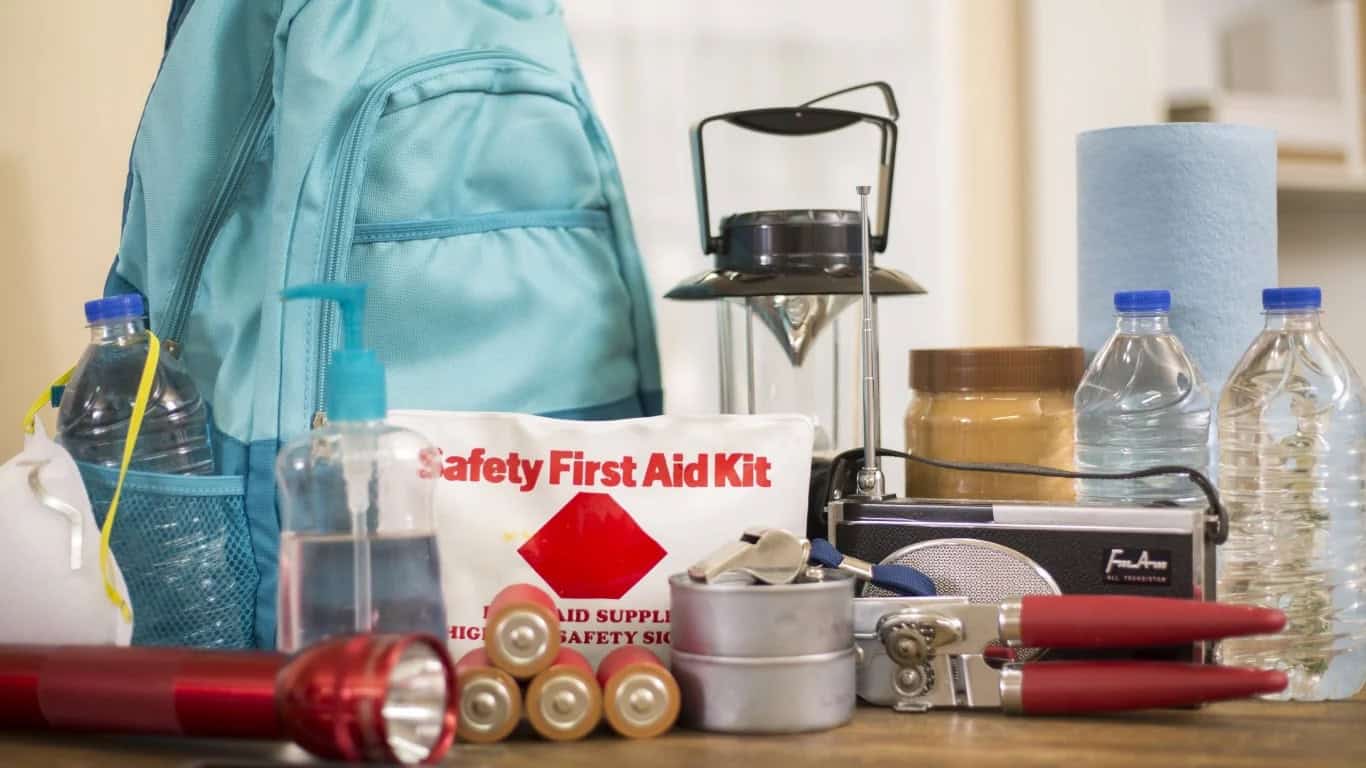
If you’ve done the proper preparations, you should have an emergency kit and an emergency plan for the hurricane. Keeping the supplies you need most nearby can be helpful, especially if the storm’s path changes unexpectedly. Your emergency hurricane kit may include items such as flashlights, batteries, and a first-aid kit.
Even if you do plan to evacuate, it’s still important to have a set of supplies with you and to come up with an emergency plan in case you get stuck on the road. You’ll also want to put any important documents in a safe space and bring them with you in case your home is damaged.
Evacuate if Safe To Do So
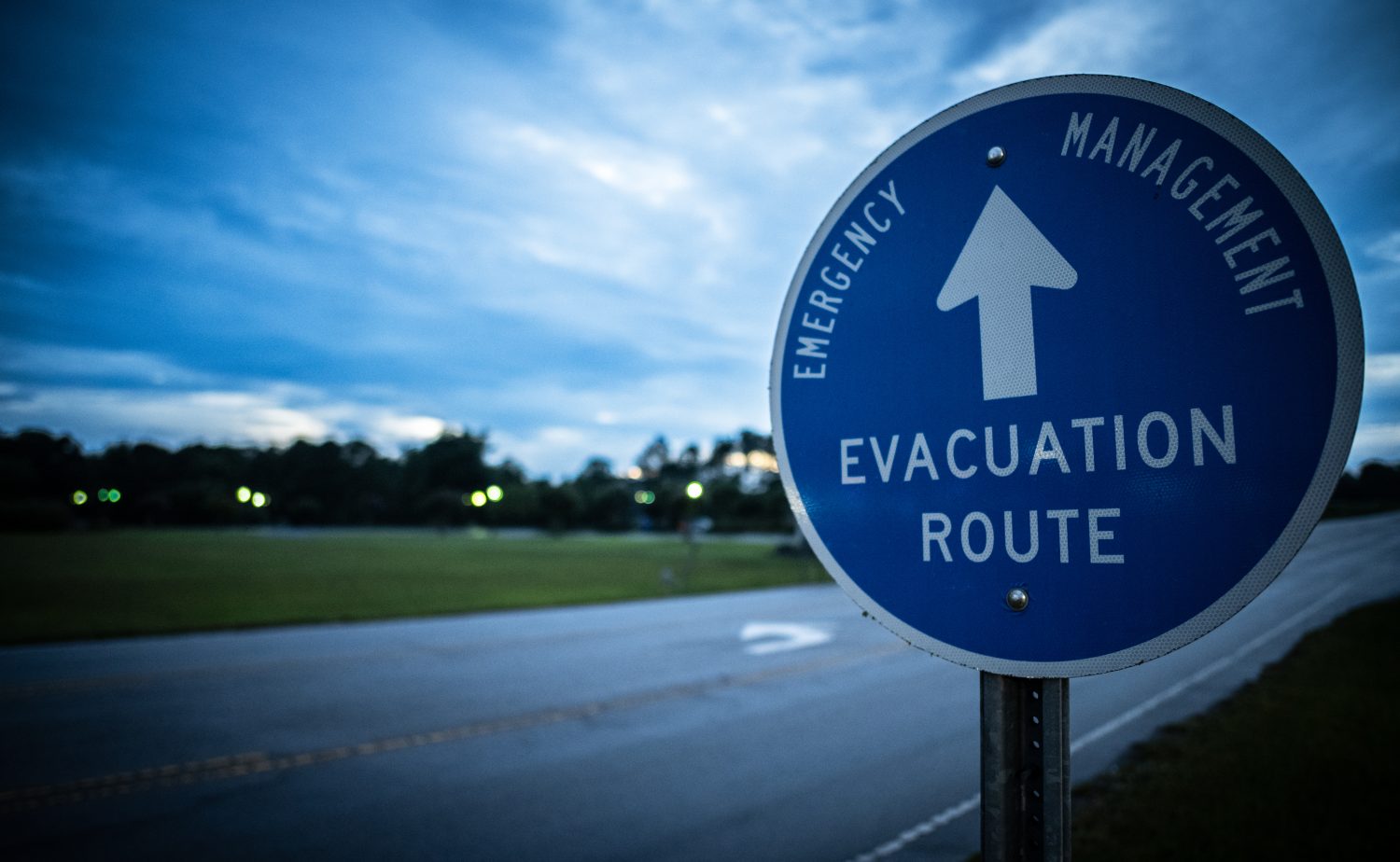
Even if a hurricane is headed to your area, you may not be required to evacuate. Evacuation orders depend on the severity of the storm and the storm’s path. However, you can still choose to evacuate if it’s safe for you to do so, even if it’s not mandatory in your area.
If you’re ordered to evacuate, it’s critical to leave immediately since driving in hurricane-force winds isn’t safe. You can stay with friends or family, in a hotel, or if you don’t have a place to go, emergency shelters are open during a storm.
Stay Indoors in a Safe Area
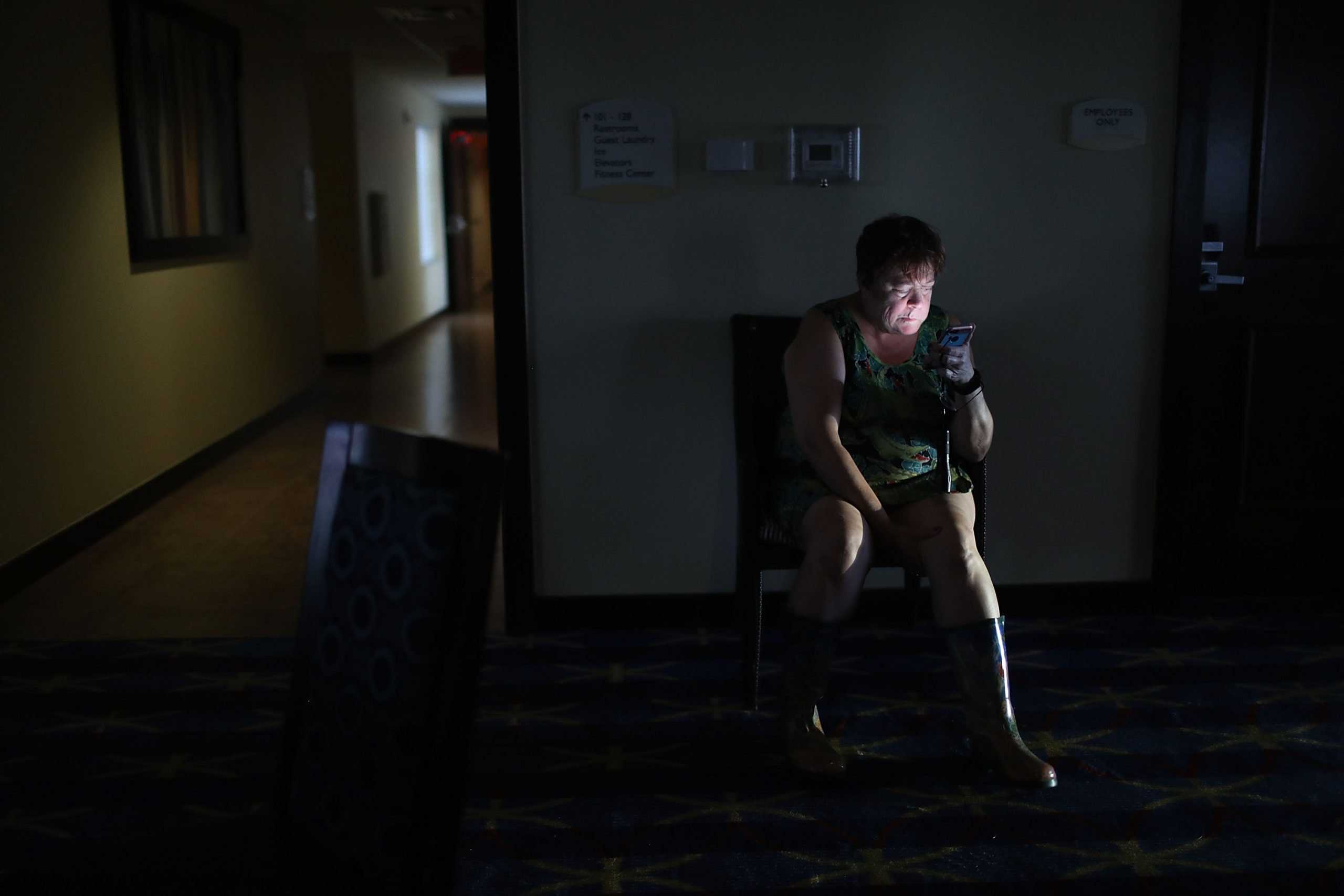
If you don’t evacuate or evacuation isn’t mandatory for your area, be sure to stay indoors during the storm. Try to locate a safe area in your home where you can stay when the winds are strongest.
An interior room in your home is the safest place to be. This could be a bathroom, closet, or bedroom, depending on the setup of your home. Even a hallway can be a safe space while the storm is passing through.
Keep Away From the Windows
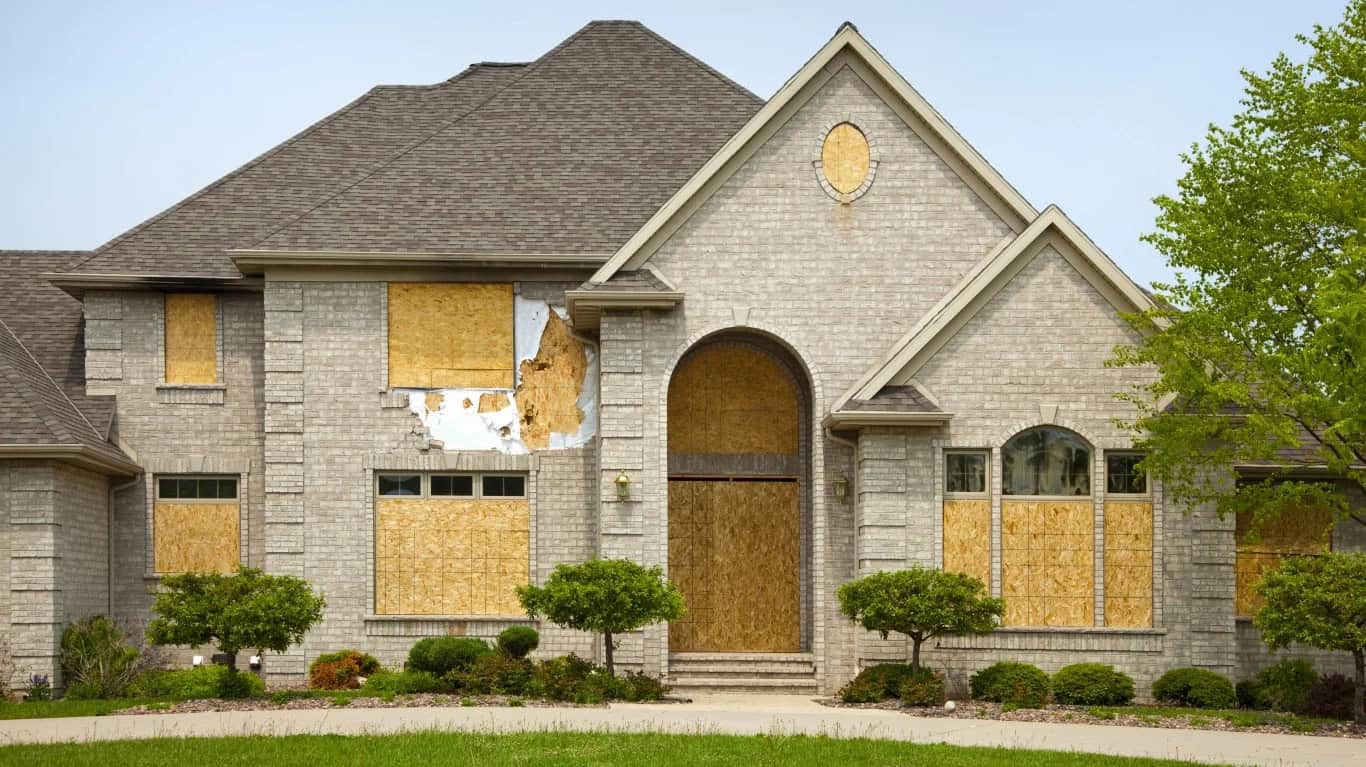
When identifying what rooms in your home are safe during a hurricane, remember that you want to stay away from rooms with glass openings. Avoid taking shelter near windows, glass doors, or other openings made of glass.
Before the storm hits, you can protect your home and your family by boarding up any glass windows and doors to prevent them from breaking.
Get Alerts for Any News Updates
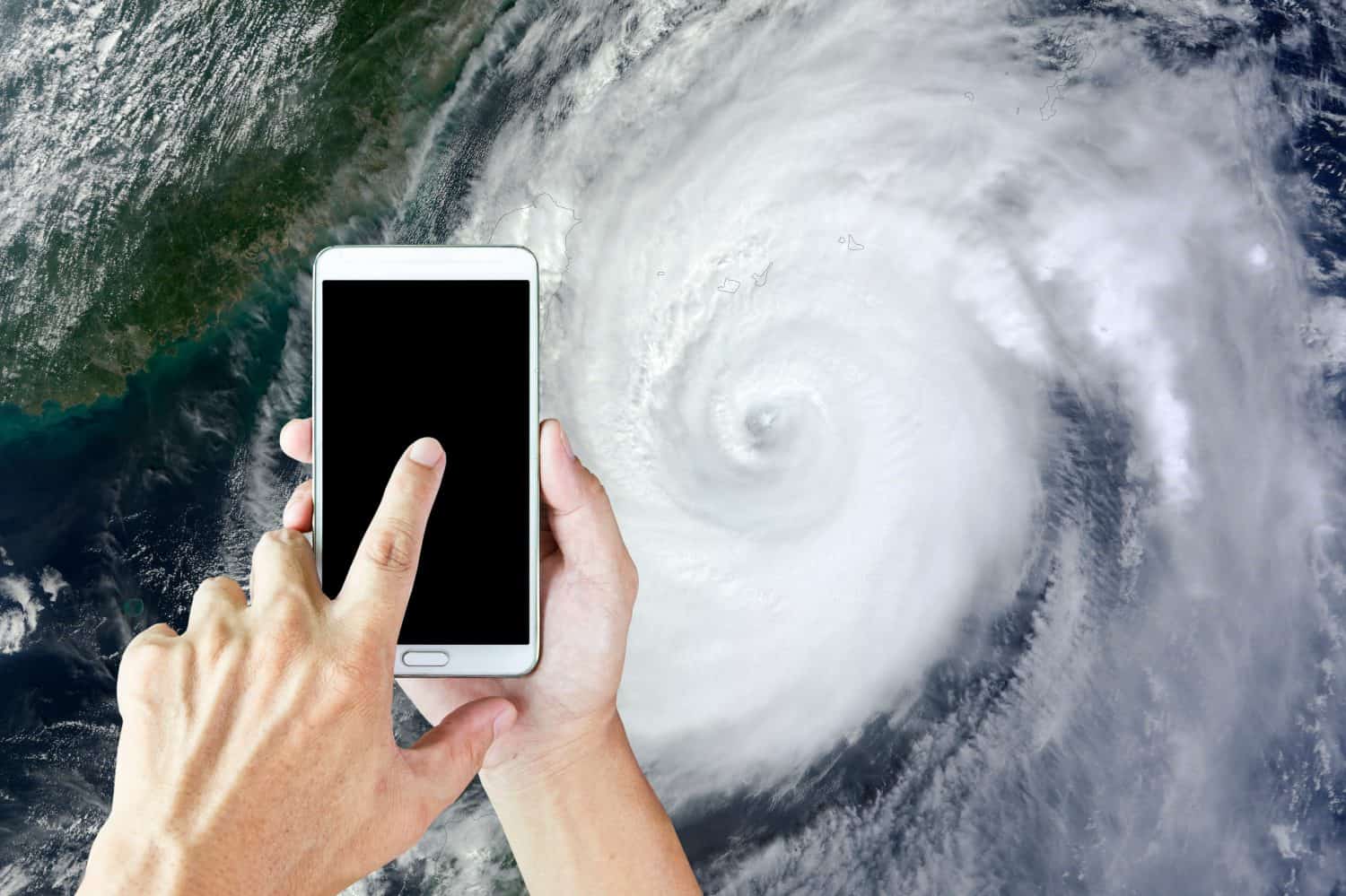
During the storm, it’s important to listen for any emergency alerts and updates if possible. Be sure to keep all phones and other devices charged in case the power goes out.
Having a portable radio in your emergency kit can be helpful in case you lose power. You can also add a portable power bank to your emergency kit so that you’re able to charge your phone and other devices in an emergency.
Stay Away From Flowing Water
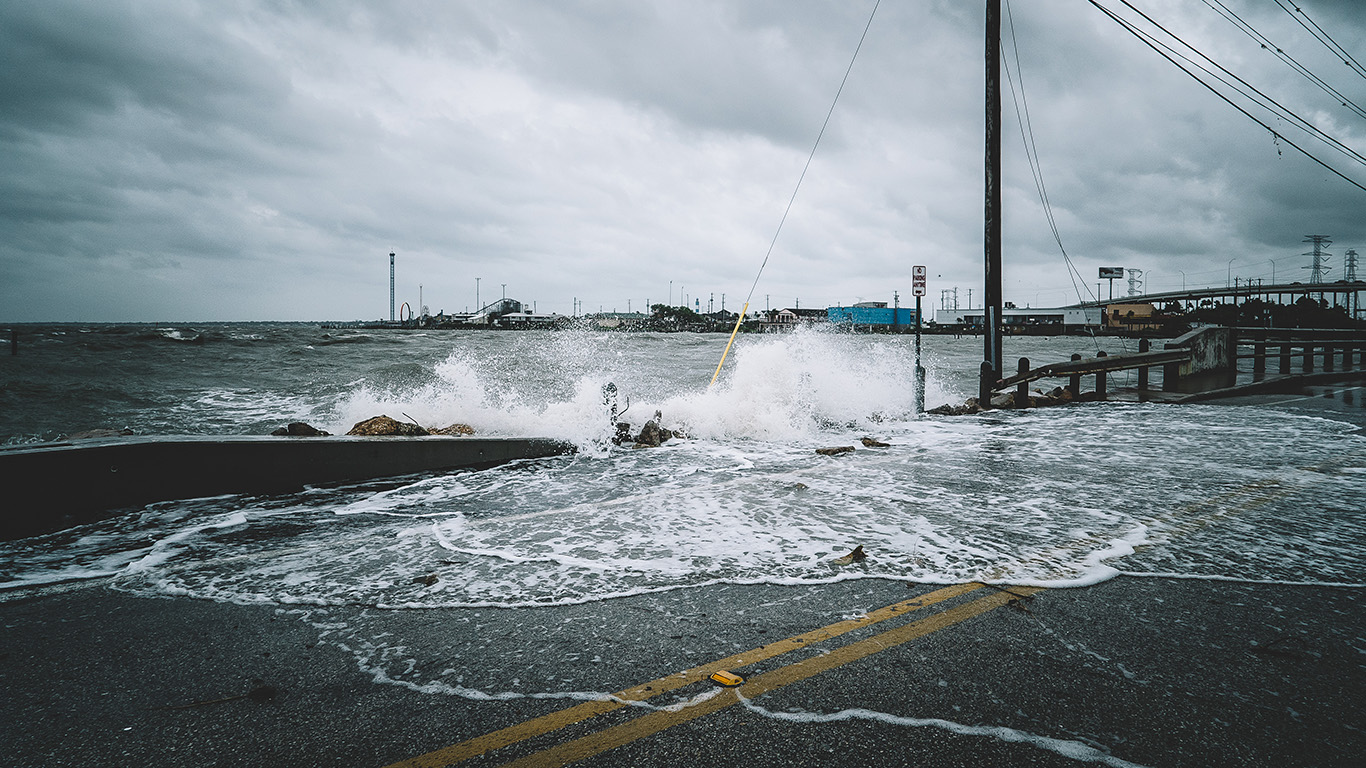
While the hurricane is passing through, the safest place to be is indoors. However, if you have to leave your home for any reason, do not try to walk through any flowing water. Even if it seems safe, this can be incredibly dangerous.
Flowing water doesn’t have to be deep to be dangerous. Even 6 inches of flowing water can knock you down if it’s moving fast enough. If you are driving to safety, avoid driving through flooded roads.
Don’t Open the Fridge
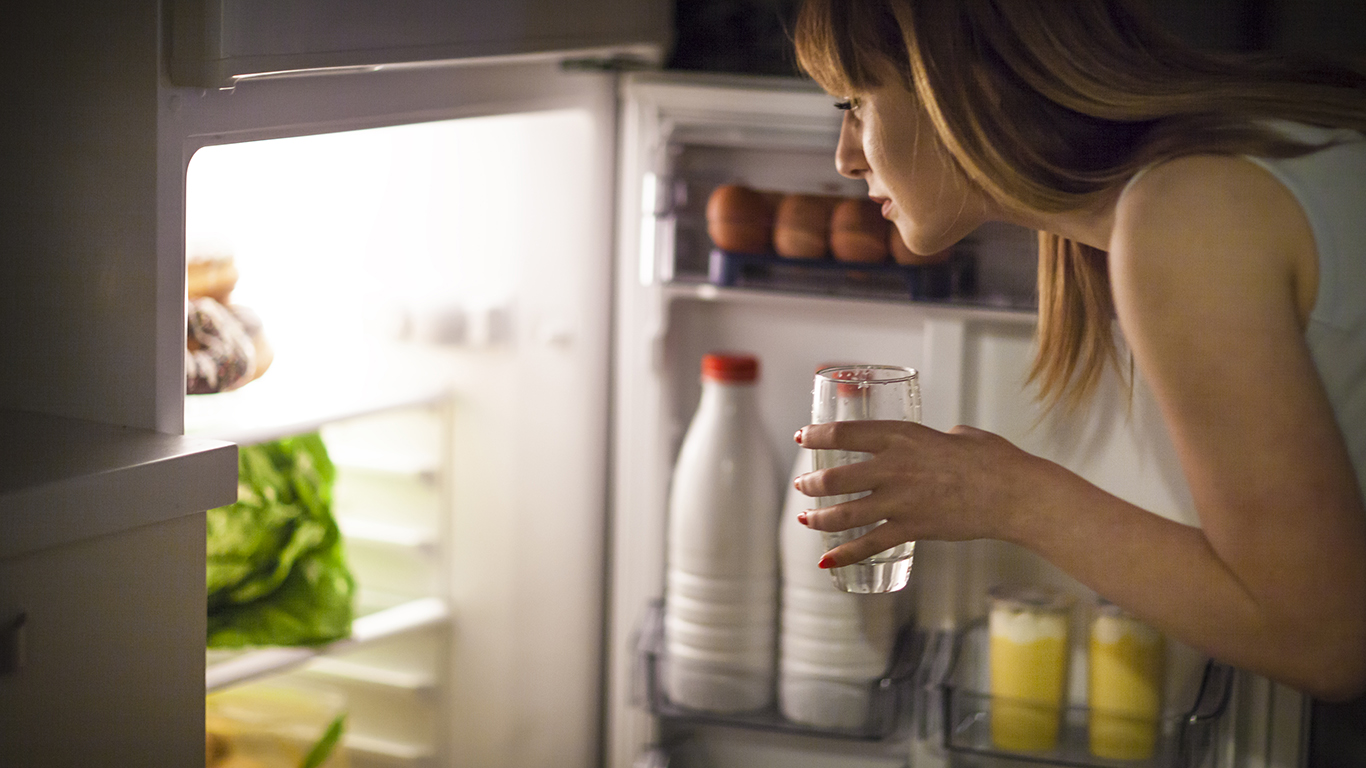
If you lose power, it’s essential to keep your fridge closed to try and preserve the cold temperature for as long as possible. If the power comes back on shortly after it goes out, your food may still be safe to eat.
According to the USDA, if you don’t open your fridge, it will keep your food safe for up to 4 hours when the power is out. If the power is out for more than four hours, it’s best to throw away any perishable food after the storm is over.
Never Operate Your Generator Indoors

A generator can be incredibly helpful to have on hand in case you lose power. The most important thing to remember is that you should never operate your generator inside your home, in the garage, or in any other enclosed space.
It’s safest to operate a generator at least 20 feet away from your home and avoid turning it on in wet conditions. Ensure you have carbon monoxide detectors in your home as well before you use a generator.
Don’t Be Fooled by the Eye of the Storm

The eye of the storm is a region of calm weather at the center of a hurricane. This part of the storm can be dangerous because it can be misleading. Many people think the storm has passed during this time because the winds slow down temporarily.
If the eye of the storm is passing over your area, it’s important to stay indoors. Shortly after the eye passes over, the hurricane-force winds will pick up again. (To learn about other natural disasters, check out the 20 most powerful earthquakes in recorded history.)
